-
-
FIXED SHADE SAILS
-
ROLL-UP SHADE SAILS
-
OUTLET & ACCESSORIES
-
SAILS BY SHAPE
-
BUYING GUIDE
-
INSTALLATION GUIDE
-
APPLICATIONS
-
-
-
BUYING GUIDE
-
-
CUSTOM ROLLER SHADES
-
STANDARD ROLLER SHADES
-
BUYING GUIDE
-
-
-
-
-
-
Shade sails
-
-
How To Properly Tension A Shade Sail
This guide explains the importance of properly tensioning a shade sail.
Find out how to perform this operation in the best possible way, without too much effort, and the benefits obtained in case of rain.
You will find technical details on the direction of tension and information on the adjustment of the webbing of Saill and Solaria sails.






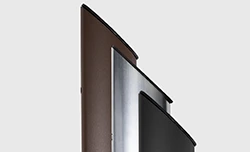





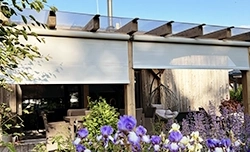

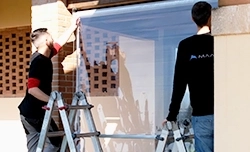
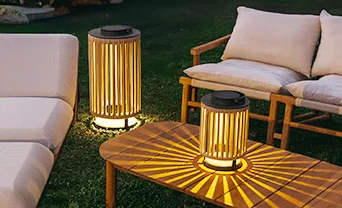


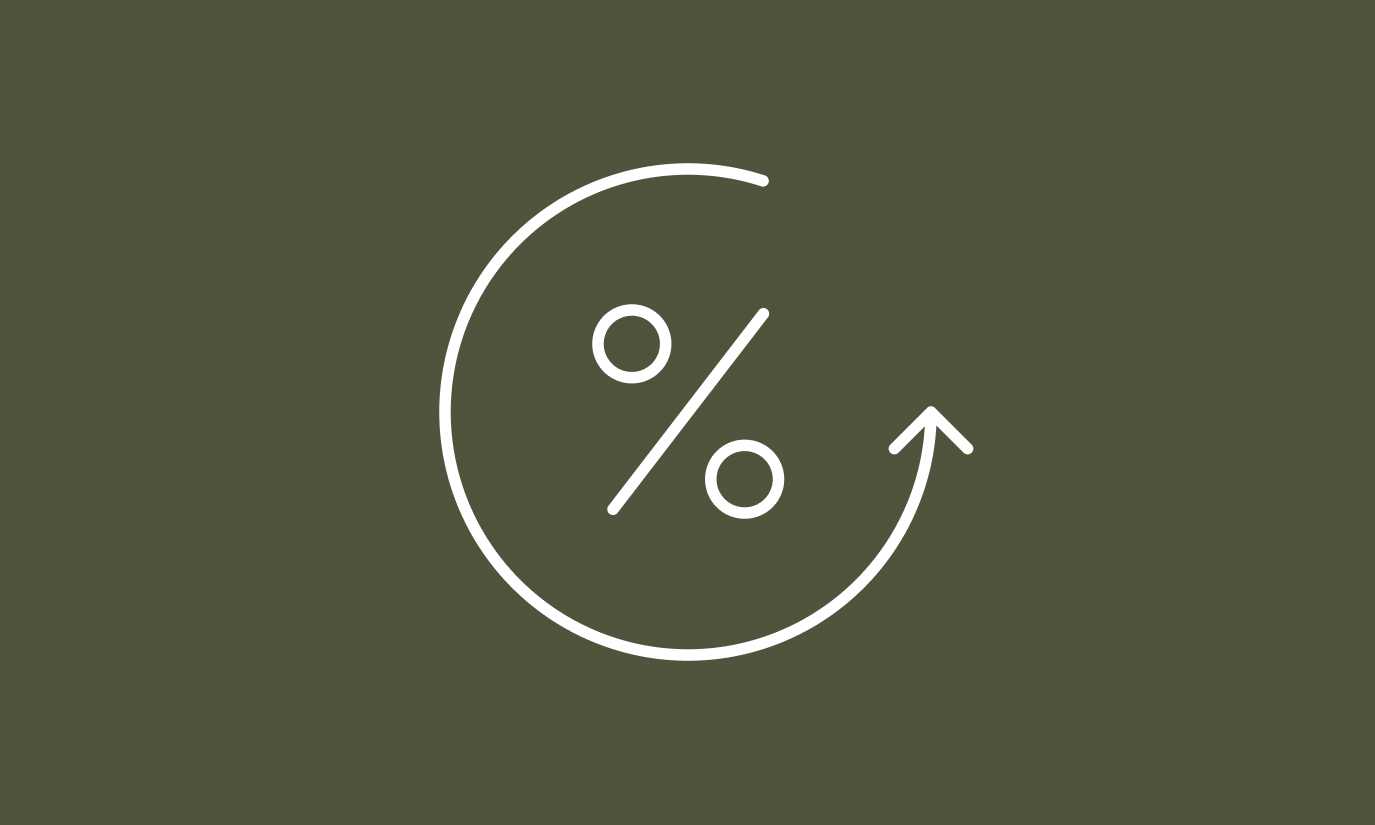




 English GB (English)
English GB (English)





